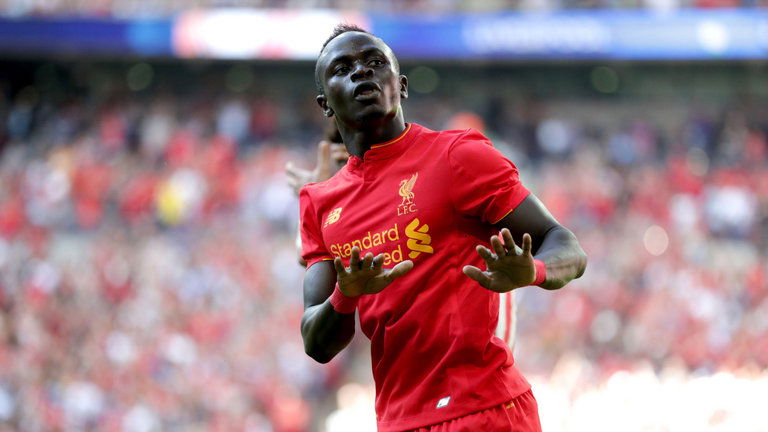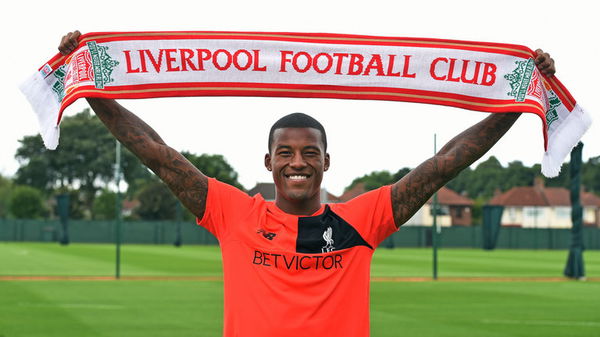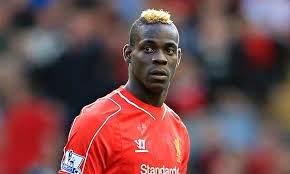
Imago
Sadio Mane

Imago
Sadio Mane
As the summer transfer window officially closes and clubs in Europe finally direct all their energies in the direction of the new season, the dealings of one are of particular interest. Liverpool’s transfer window activity this summer appears sensible enough to generate the usual amount of cautious optimism, although some areas remain mystifyingly unaddressed.
Watch What’s Trending Now!
Some football managers will tell you that overhauls in the transfer window are the equivalent of writing a suicide note. Three or four additions are enough; sometimes cohesion and familiarity are more important than adding quality and breaking transfer records.
Nevertheless, every large-scale attempt at squad surgery in the red half of Merseyside will, and should, inevitably be compared with the summer of 1999. That year, Gerard Houllier, now in sole charge following the failure of an ill-advised joint managerial experiment with Roy Evans, effected transfer business on an ambitious and mighty scale.
ADVERTISEMENT
The players he brought in were not superstars, but many of them left a lasting impact in their spell at Liverpool. Houllier’s business, both incomings and outgoings, were not only representative of the manager reshaping the squad in his image, but also of his ruthless severance of ties with the past, of breaking the link with the soft-centred Liverpool side of the nineties for good.
Has the Jurgen Klopp era, in turn, truly begun at Liverpool? After taking charge in October last year, the prevailing talk was that Klopp needed a full preseason and a summer transfer window of his own to bring in his own players and impose his style and methods more concretely on his existing players and the new recruits.
That has now happened, and although the consensus seems to agree that three transfer windows are the minimum time for a manager to truly build a side in their image, Klopp has at least made large strides in that direction. A total of seven senior professionals joined Liverpool this summer and thirteen major ones – who have featured for the first team in the past – left as Liverpool turned a profit this summer.
ADVERTISEMENT
Arrivals

Imago
Georginio Wijnaldum is amongst many new signings at Anfield as Klopp oversaw his first summer transfer window at Liverpool
Liverpool’s approach this summer, for a change, has been a product of extremes rather than of means. Instead of a string of players in the ?8-20 million range, the Reds have picked up defender Jo?l Matip and backup goalkeeper Alex Manninger on free transfers this summer, to accompany the two large fees forked out on Georginio Wijnaldum from Newcastle United and Sadio Mane from Southampton.
ADVERTISEMENT
The acquisition of players from the Saints has become almost a running, yearly joke for Liverpool, but Mane’s encouraging early performances are no doubt a source of great encouragement to Klopp. His explosive pace and willing appetite for work make him an ideal player for the German manager’s style and it is showing.
More than quality, however, the capture of Mane represents the kind of approach to recruitment that Liverpool has frustratingly lacked on notable occasions in the past few years. His quick and deadly style is perfectly suited to Liverpool’s high-intensity approach, as opposed to the ponderous Christian Benteke, and in a squad with elaborate attacking midfielders such as Philippe Coutinho and Adam Lallana, Mane’s directness offers a much-needed alternative threat to stretch the play and for opponents to be wary of.
ADVERTISEMENT
The purchase of Wijnaldum, however, is more difficult to get excited about. If there were question marks over Mane’s consistency, then there are even larger ones over the Dutchman’s. In a team packed with attacking midfielders, Wijnaldum has been pushed further back into the base of midfield to offer greater creativity from the centre of the park.
Whether this will prove to be a misjudged case of playing a midfielder out of position or just the unusual masterstroke Wijnaldum needs to unlock his consistency remains to be seen. It is still far too early to make an accurate assessment of the former PSV man’s worth to the side.
Other acquisitions have not had much chance to make an impact yet, but they look to be smart rather than spectacular. The hunt for ‘value’ in the transfer market – whatever that may mean – is always ongoing, but Liverpool may have found some of it in their new defensive buys.
ADVERTISEMENT
Ragnar Klavan, a 30-year-old from Augsburg, arrived for ?4.2 million, and although he has had a mixed time so far, he could prove a more than capable deputy for a fellow recruit. Matip impressed greatly on his debut against Tottenham and looks the part – strong in the air, refined on the ball and a threat from set pieces – a known weakness for Liverpool in the past.
Marko Grujic, signed in January, has finally joined his new club as well. He is only 20, though, and is unlikely to feature too heavily over the likes of Emre Can and captain Jordan Henderson. The unfortunate Loris Karius should provide stern competition for the erratic Simon Mignolet, but the German broke his hand in preseason and is yet to feature for the club.
ADVERTISEMENT
Departures

Imago
Mario Balotelli has been let go after a disappointing stint at the Kop
The non-recruitment of a left back and a more experienced and mobile defensive midfielder are the two dents in Liverpool’s summer recruitment in 2016. Only time will tell, however, whether those gaps will be exposed. The key dimension in Liverpool’s 2016-17 campaign is the absence of European football, and the lack of mid-week commitments means the club does not require a very large squad.
To that effect, several familiar faces left Anfield in the summer, and Liverpool has refused to be bullied in the market this time. Indeed, there is a case to be made that the Merseysiders have made a better show of the sales of players they do not require than the purchases they have made.
ADVERTISEMENT
Players such as Jon Flanagan (Burnley), Andre Wisdom (Red Bull Salzburg) and Lazar Markovic (Sporting CP) have put their Liverpool futures on hold for at least another year as they head out on loan. Several permanent departures, interestingly, have brooked little argument; they are all players who do not, in any way, have a role to play in Liverpool’s future under Klopp.
Players on this list include Mario Balotelli (Nice), Jordon Ibe (Bournemouth), Martin ?krtel (Fenarbah?e) and auxiliary centre-forward Steven Caulker (parent club Queen’s Park Rangers). Healthy fees have been extracted from some players, buy-back and sell-on clauses have been inserted into the contracts of others and Liverpool have conducted themselves in a firm manner this time; the entire fee paid for Christian Benteke has been recouped from Crystal Palace (?27 million plus another??5 million in add-ons).
The more controversial departures include the sale of Joe Allen (Stoke City), after an impressive run of performances in the second half of last season and for Wales in the summer, and the release of Kolo Toure, by far the most experienced, and at times the most popular and outstanding, member of Liverpool’s defence.
ADVERTISEMENT
Other deals include the sale of promising young players Jordan Rossiter (Rangers), Jerome Sinclair (Watford) and Joao Carlos Teixeira (Porto). The demand for unreasonable contracts in exchange for only promise would set a dangerous precedent had Liverpool accepted them, but the club has shown they will not bend over backwards for any player, no matter how much potential they have.
Final score: 7.5/10
ADVERTISEMENT
ADVERTISEMENT
ADVERTISEMENT

